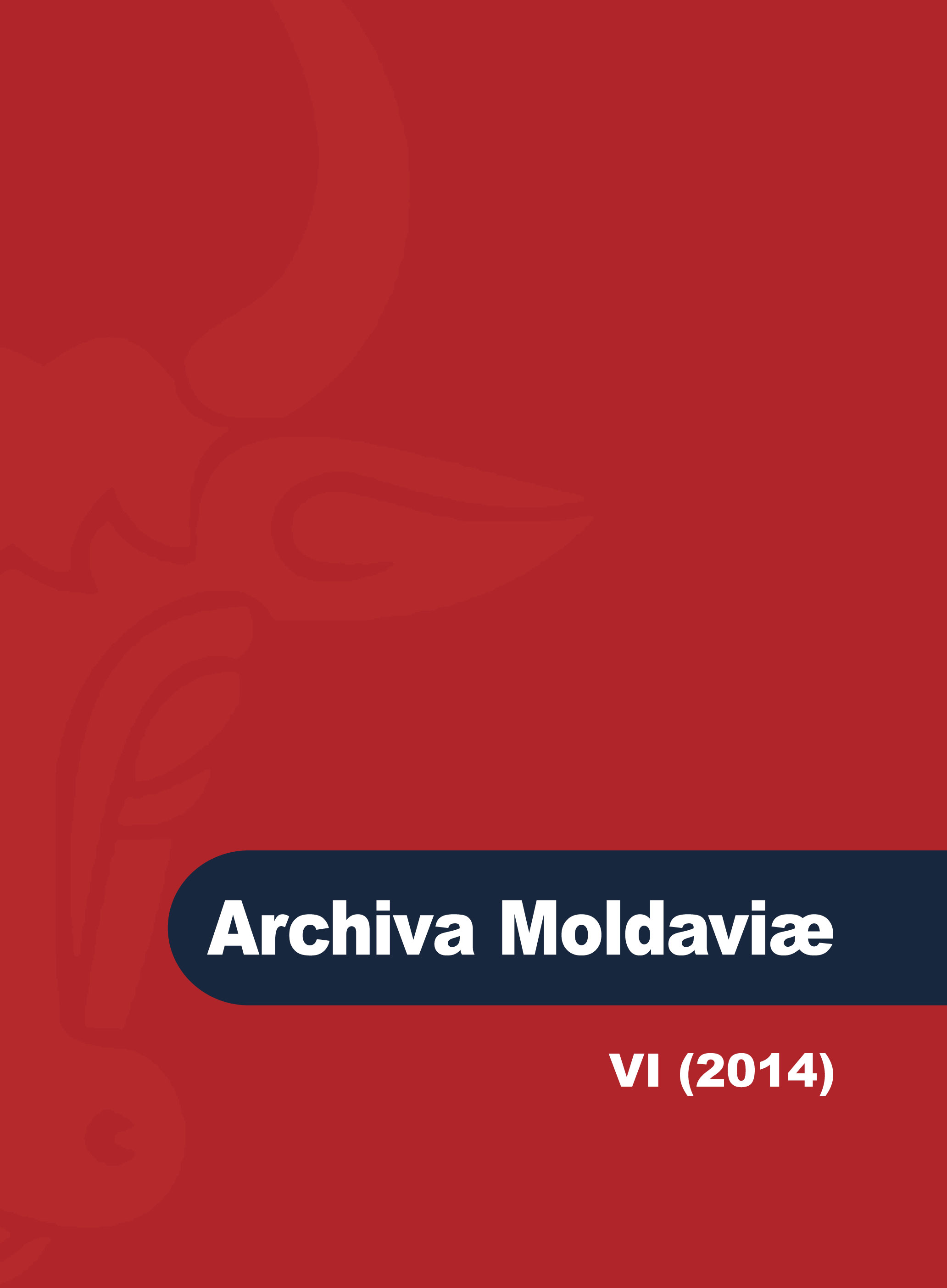Între ruine, foamete şi normalizarea vieţii cotidiene. Iaşul în anii 1944-1948
Among the Ruins, Starvation and Normalization of Daily Life. Iaşi during 1944-1948
Author(s): Alexandru D. AioaneiSubject(s): Local History / Microhistory, Social history, WW II and following years (1940 - 1949)
Published by: Societatea de Studii Istorice din România
Keywords: Iaşi; Moldova; Red Army occupation; damages; requisition; starvation; reconstruction.
Summary/Abstract: The violent battles along Paşcani-Târgu Frumos-Iaşi line have paralyzed both the economic activity and agribusiness which made the population dependent of social security. During eviction, a considerable amount of cereal was taken by authorities and, after that, the stabilization of the line abreast under discussion has frozen the agribusiness, which lead to a decline in the standard of living of the population. The drought between 1945 and 1946 has worsened the food crisis and thousands of Moldavian people have gone to exile to bring cereal from wealthier areas. The ineffectiveness of authorities and the lack of professionalism on behalf of some office men have prevented the improvement of the situation. The presence of the Soviet troupes has made the situation more difficult due to their abuses which affected people’s state of mind and because they channeled food and financial resources towards the “rescuing army”. The end of the conflict has brought the problem of reconstruction into public attention. People’s crossing the line abreast has left in the city a heap of ruins and, close by, many villages that were almost completely destroyed which lead to an acute housing crisis. Drought and starvation periods have made people use all of their resources. As a consequence, reconstruction has become a major problem that concerned the state alone. The rebuilding of the city has started timidly and continued in the same manner. However, instead of destroyed buildings, many dwellings for workers were to be constructed later. Also, during this time, the first plans to organize the city were designed. By adopting them, it has been proved that many decisions have been influenced by local personalities.
Journal: Archiva Moldaviae
- Issue Year: VI/2014
- Issue No: 6
- Page Range: 89-118
- Page Count: 30
- Language: Romanian

